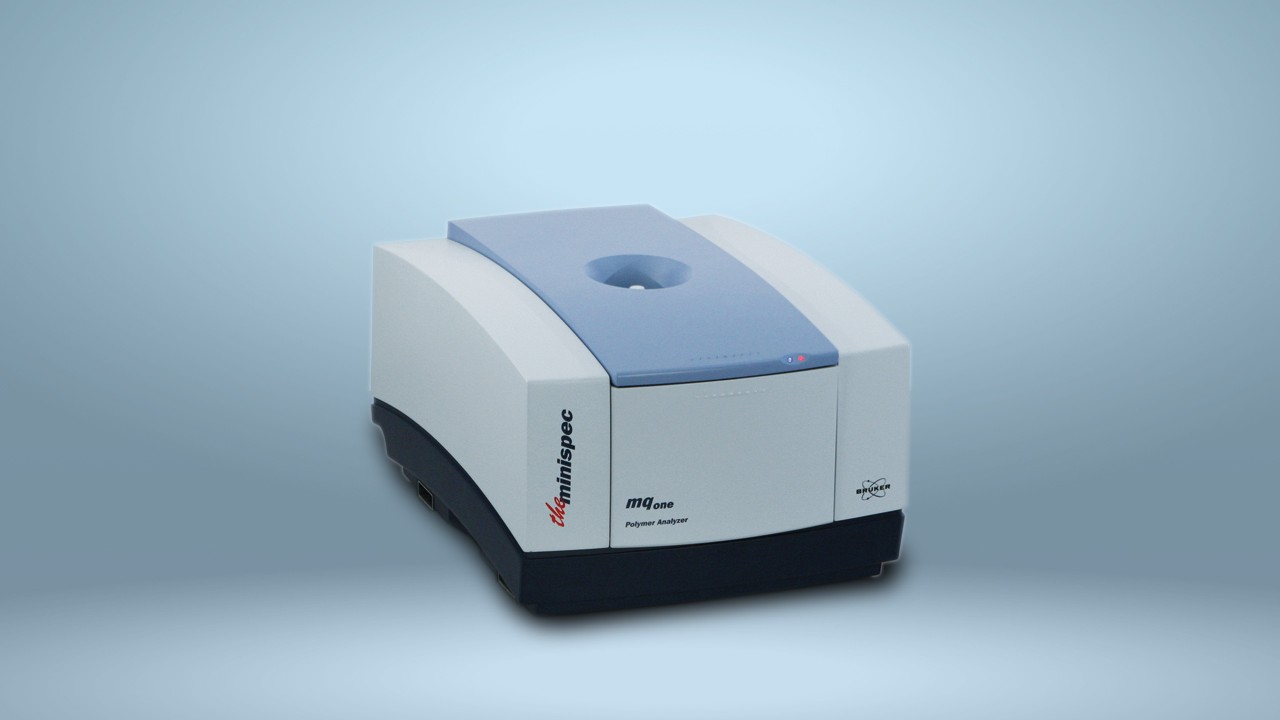

Time Domain NMR Analysis of Ionic Elastomers Provides New Structural Insights
“This work clearly identifies unique qualitative relationships between the network structure and rubber mobility with the exceptional elastic properties of elastomeric ionomers”
Time domain nuclear magnetic resonance (NMR) is one of several distinct NMR methodologies based on the excitation of nuclei exposed to a magnetic field. In contrast to the well-known NMR spectroscopy, which measures the energy released as nuclei return to their base energy level, time domain NMR measures the time required for nuclei to return to equilibrium after excitation. It can be performed easily using compact bench-top spectrometers and, although it cannot provide the same power of atomic or spatial resolution as NMR spectroscopy, it achieves significant resolving power with high reproducibility. Furthermore, it requires less expensive equipment and is easy to use. In addition, it can be applied to a wider variety of sample types than NMR spectroscopy.
For many years, time domain NMR has been overlooked in favour of the more sophisticated analyses made possible by innovations in NMR spectroscopy. It is now making a comeback, thanks to its convenience, affordability and portability. It has already provided important information in a variety of structural studies, and so has been used to address the ongoing conundrum of how elastomeric ionomers achieve their unique physical and processing properties.
Elastomers, such as a rubber band, are polymers that regain their original shape after significant distortion cause by the application of force. Such elastic properties are achieved through a combination of molecular mobility and covalent cross-links. Attempts to increase the strength of elastomers have always been accompanied by an increased rate of fracture. However, this has been overcome by developing elastomers with ionic, rather than covalent, bonding. Such ionic elastomers demonstrate enhanced strength without compromising robustness1. In addition, ionic bonding is more easily broken than irreversible covalent bonding, and so ionic elastomers are much easier to recycle.
Although the unique properties of ionic elastomers have long been recognised, numerous structural studies have failed to explain how they are achieved. The hierarchical structure, chain mobility and dynamic ionic interactions have made investigation of their precise architecture particularly challenging and time consuming.
Using a combination of advanced time-domain NMR techniques, a new level of structural detail for elastomeric ionomers has been achieved2. Carboxylated nitrile rubber produced with different levels of magnesium oxide was analysed using the affordable and easy-to-use low-field Bruker Minispec mq20 spectrometer. The effect of heat on the network structure was also assessed.
The polymer was found to include ionic clusters, which had not previously been observed using other analytical techniques, that reduce the distances between the ionic moieties allowing more aggregation and stronger ionic interactions2. The extent of cross-linking, but not the proportion of trapped polymer, was increased with increasing concentration of magnesium oxide. This was associated with increased strength whilst retaining good robustness. The greater strength was shown to result from the formation of a greater number of smaller ionic clusters that increased the possibilities for dynamic cross-linking. Increases in temperature resulted in changes in the ionic rearrangement dynamics, which make it possible to melt-process ionic elastomers under low-shear conditions.
This work highlighted the importance of cross-link density in determining the elastic properties of elastomeric ionomers.
References
- Dalmas F and Leroy E. Macromolecules 2011, 44 (20), 8093−
- Malmierca MA, et al. Characterization of Network Structure and Chain Dynamics of Elastomeric Ionomers by Means of 1H Low-Field NMR. Macromolecules 2014, 47, 5655−


